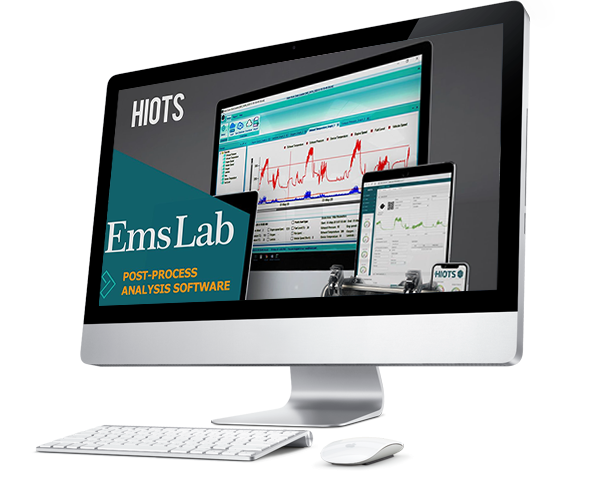Software services
HIOTS Software Team
1. Planning
During this initial stage of the project, software team, project and product manager convene to agree on a number of factors that will influence the development process. In this step calculating strengths and weaknesses of the project, resource availability, cost-related issues, timeframes will be determined. The strategic output of this stage was project plan.
2. Requirements & Conceptualization
In this section, the project is defined in details and the analysis of the project’s feasibility is carried out and our team comprehend the technical requirements of the project. The team then collects initial requirements from the stakeholder and clients. Then the concept of the software will be determined based on the problem identification, final user identification, data source type and security issues.
3. Design and Prototyping
Due to requirements and concept of the software, the technical architecture of the product will be designed in this phase. Our teams also engage in prototyping at this stage to compare different solutions and find the best match.
4. Programming
In this phase, the development team is busy coding the software. The team is kept in touch with business stakeholders throughout the process to ensure that the project is going in the right direction. The output of this process is testable and functional software.
5. Testing
Since testing phase is key, different tests will be done by the team. These tests included code quality, performing unit testing, integration testing, performance testing and security testing.
6. Deployment
After being confident about the functionality, usability, and stability of the product, our company provides the customers with preferred software. In addition, specific changes may deploy in subsequent releases based on feedbacks received from clients.
7. Maintenance and Updates
Requirements and customer needs are always evolving. Moreover, as final costumers begin to use the software, they may request new features and ask for more or different functionality. Based on this, we give you this opportunity to upgrade, enhanced and fine-tune your product according to the real-world feedbacks.

